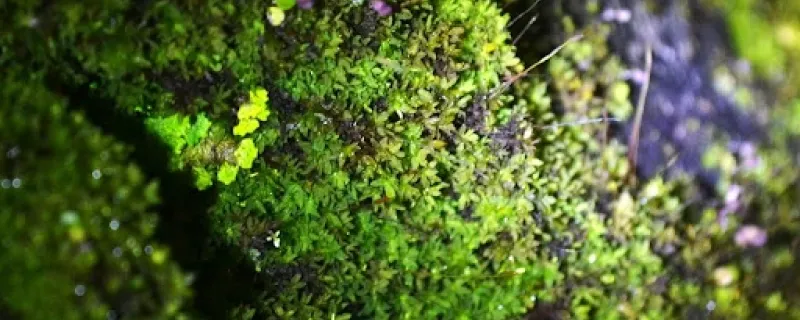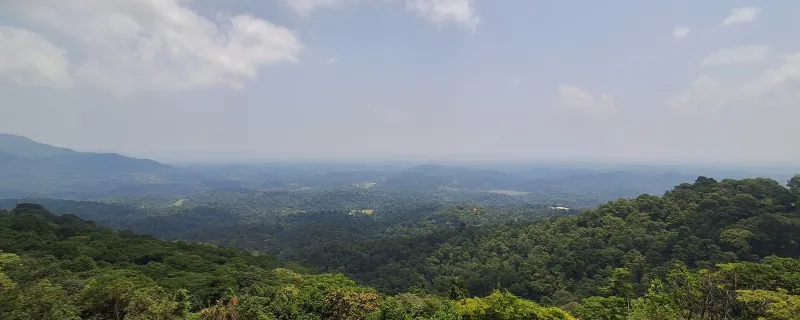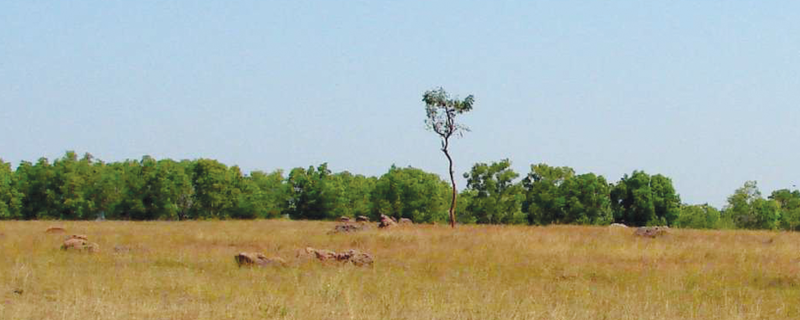Lichens are proving to be sensitive indicators of climate change in the Himalayas, with their unique traits revealing shifts in temperature and precipitation.
A new review reveals that rising global temperatures, increased pollution, and extreme weather events are driving a global surge in eye diseases, disproportionately affecting vulnerable communities and challenging healthcare systems.
Roorkee/





